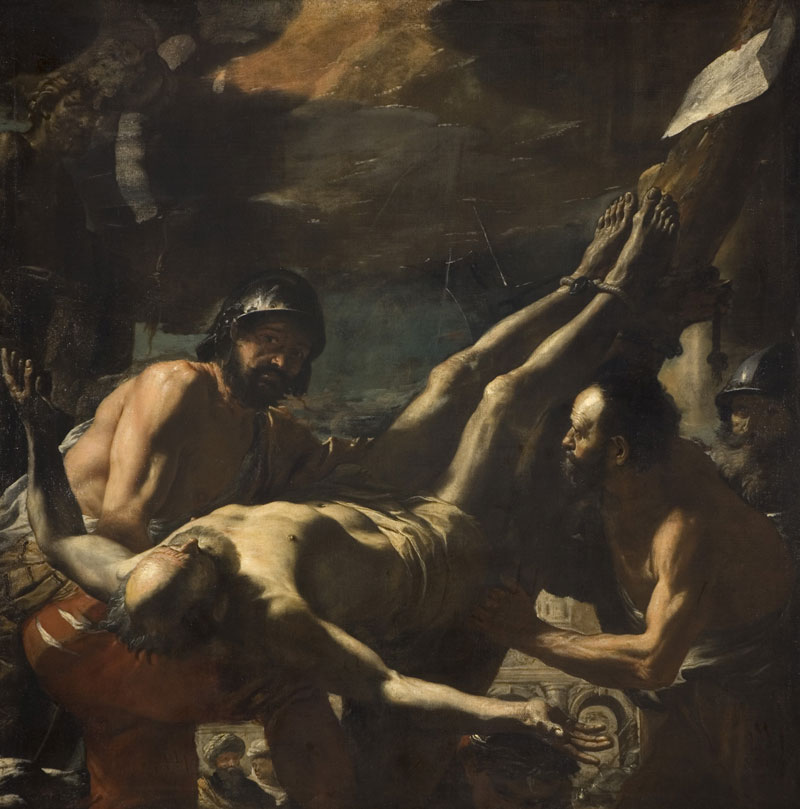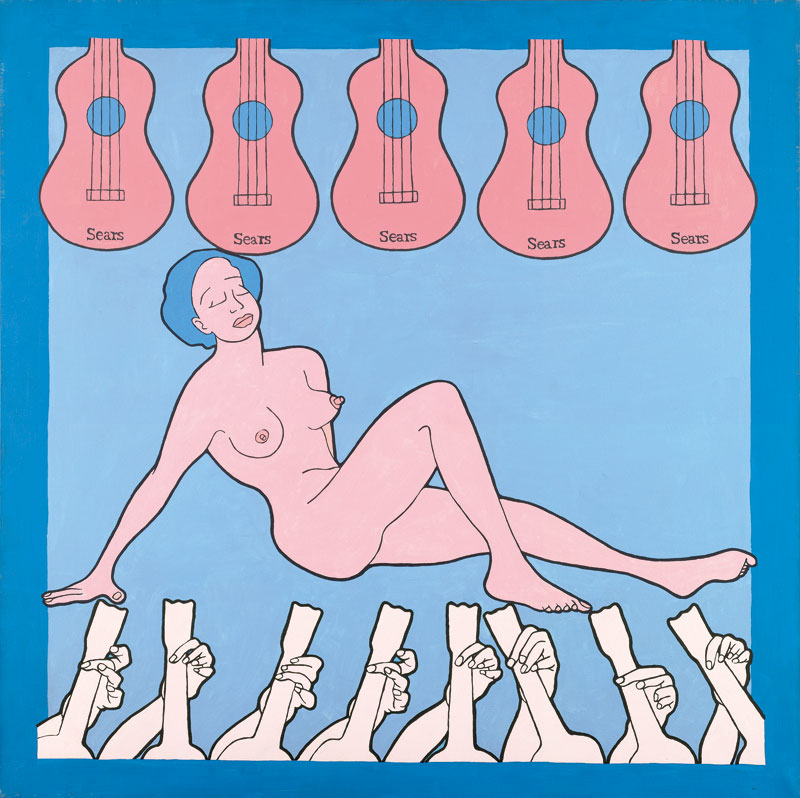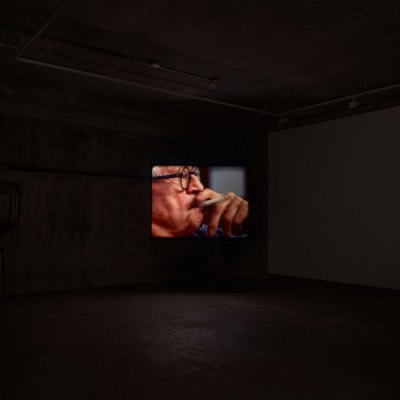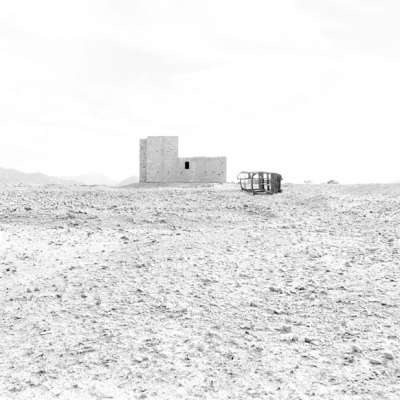As Frieze week approaches, there are hundreds of new exhibitions and events vying for attention across London. Which should you see? We’ve put together a series of highlights: for the full selection, click here.
A few days after the Frieze Week hullabaloo has drawn to a close, ‘Beyond Caravaggio’ (12 October–15 January 2017) opens at the National Gallery. It’s my pick of the autumn openings in London – not so much because of the works by Caravaggio himself that will be on display, but because of what the exhibition promises with that ‘Beyond’. For non-specialists, those baroque artists influenced by the intense theatre of Caravaggio’s works have often seemed to be ‘after Caravaggio’ rather than somehow reaching beyond him: not only working in his shadows, as it were, but also borrowing them directly from his paintings. This exhibition should broaden our understanding of what the late 16th- and early 17th-century artists who encountered Caravaggio or his works in Rome and Naples were then able to achieve, from Neapolitan masters such as Mattia Preti and Jusepe de Ribera through to French and Dutch ‘Caravaggisti’, including Georges de la Tour and Gerrit van Honthurst. And given that the loans will largely come from collections in the British Isles, the other intriguing story here ought to be how and when the taste for these artists developed among British and Irish collectors.
The Crucifixion of Saint Peter (1656–59), Mattia Preti, called II Calabrese. © The Barber Institute of Fine Arts, University of Birmingham

In Frieze Week itself, I’m looking forward to ‘Neo Rauch: Rondo’ (5 October–12 November) at David Zwirner. Amazingly, this is the first solo showing of the influential Leipzig artist’s work in the UK, which is all the more surprising given how often the young painters who I’ve talked to in London cite him as an influence.
Then there’s ‘John Wesley: The Henry Ford Syndrome’ at Waddington Custot (until 22 October), which features works from more than five decades by perhaps the most surreal of American Pop artists – if indeed the flat eroticism that has long been his calling card does fit that artistic category. Sure, a lot of these works might be said to objectify the female body, and to indulge in doing so, but their striking lines and contrasts also tell of a world that is far odder and more discomfiting than plain fantasy.
Mail Order Blues (1972), John Wesley

Finally, my pick of the many post-war Italian exhibitions opening in London is ‘Alighiero Boetti’ at Tornabuoni Art London (4 October–27 January 2017). The show will include Il Muro (The Wall), a display of artworks and mementoes that Boetti first conceived of at his apartment in Rome in 1970, and that he would adapt in various studios until his death in 1994. That sense of how the monumental has the capacity to develop from what is ephemeral can be very compelling.
Tutto (1988–89), Alighiero Boetti. Courtesy Tornabuoni Art



